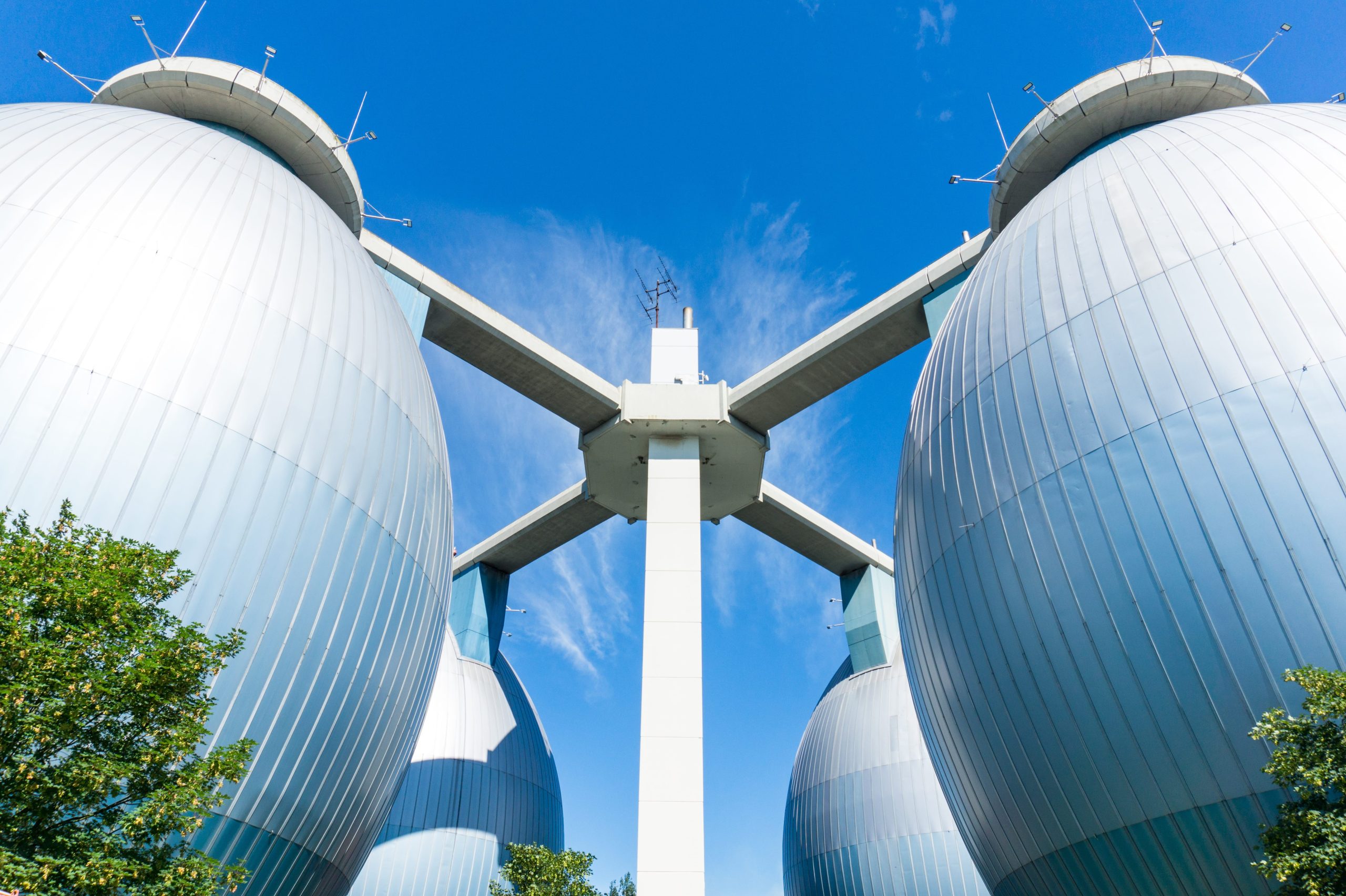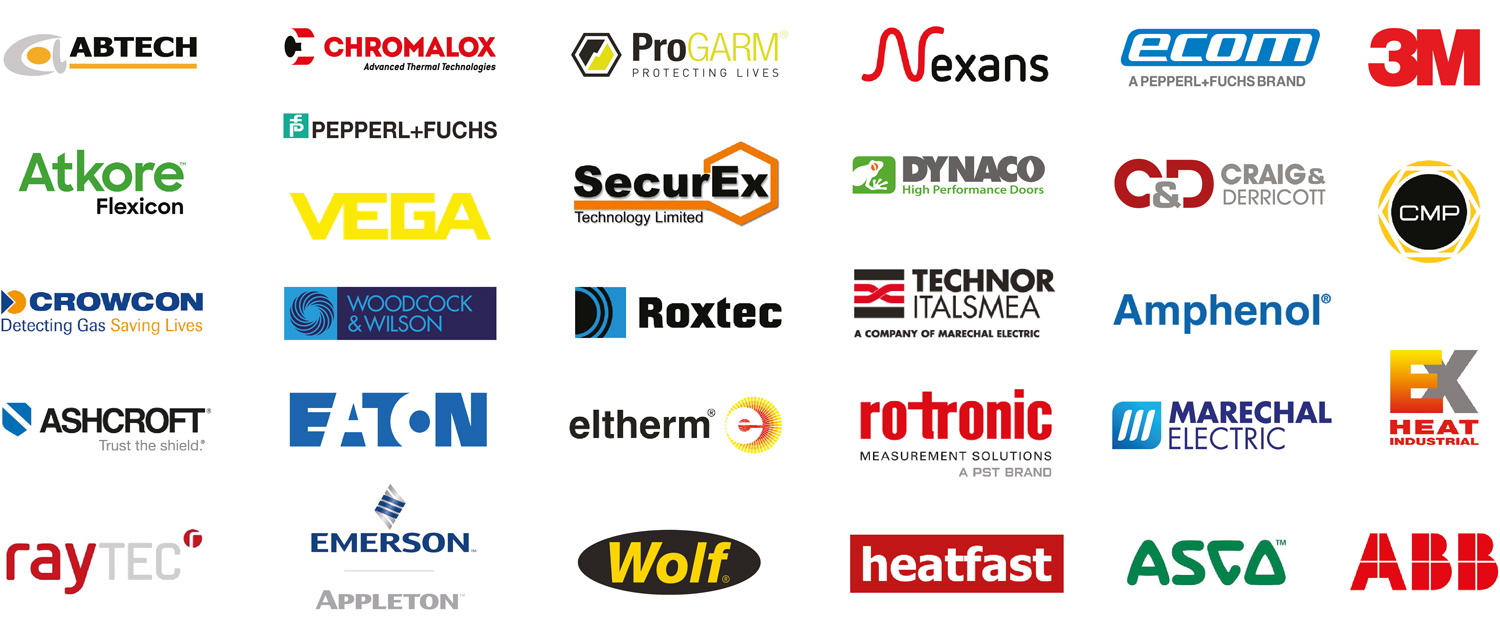Why Gas Detection is Crucial in Anaerobic Digestion
Published 13 Oct 2022
Gas Detection
Managing The Gases Released By Decomposition
Anaerobic digestion consists of a series of processes that use microorganisms to decompose organic or biodegradable waste. It is applied intentionally as a method of waste disposal, sewage treatment and to produce biogas fuels.
The process of anaerobic digestion is growing in popularity as it is viewed as an environmentally friendly way to deal with waste and also produces an organic fuel source.
As you would expect with the production of biogas, there are a number of dangers associated with anaerobic digestion that need to be addressed. The application of robust safety measures and risk mitigation are necessary for any business or organisation involved in anaerobic digestion.
Written by Crowcon in conjunction with Thorne & Derrick, this whitepaper, takes a closer look at the hazards that arise during anaerobic digestion, including those posed by dangerous gases, and how the risks can be carefully controlled and reduced.
Anaerobic digestion involves the decomposition of organic waste materials such as sewage, animal manure, solids from wastewater, and food waste using bacteria. The overall process occurs in an industrial plant called a digester. The chemical decomposition takes place in a sealed container, known as a reactor.
The main resultant gases released during anaerobic digestion are stored in a gas reservoir and sold on as biogas. The solid digestate is discharged from the digester and can be processed for use as organic fertiliser, animal bedding, horticultural products, or building materials.
The stages of anaerobic digestion are:
1. Bacterial hydrolysis – insoluble solids (e.g. carbohydrates) are decomposed into soluble substances
2. Acidogenesis – acidogenic bacteria convert the sugar and amino acids into organic acids, hydrogen, carbon dioxide, and ammonia
3. Acetogenesis – bacteria convert the organic acids into acetic acid, as well as additional compounds such as carbon dioxide, hydrogen, and ammonia
4. Methanogenesis – methanogen microorganisms convert the remaining compounds into carbon dioxide and methane. The resultant mixture of carbon dioxide and methane is a biogas that can be used to power gas engines including vehicles. For this reason, anaerobic digestion has grown in popularity across Europe and the United States in recent years.
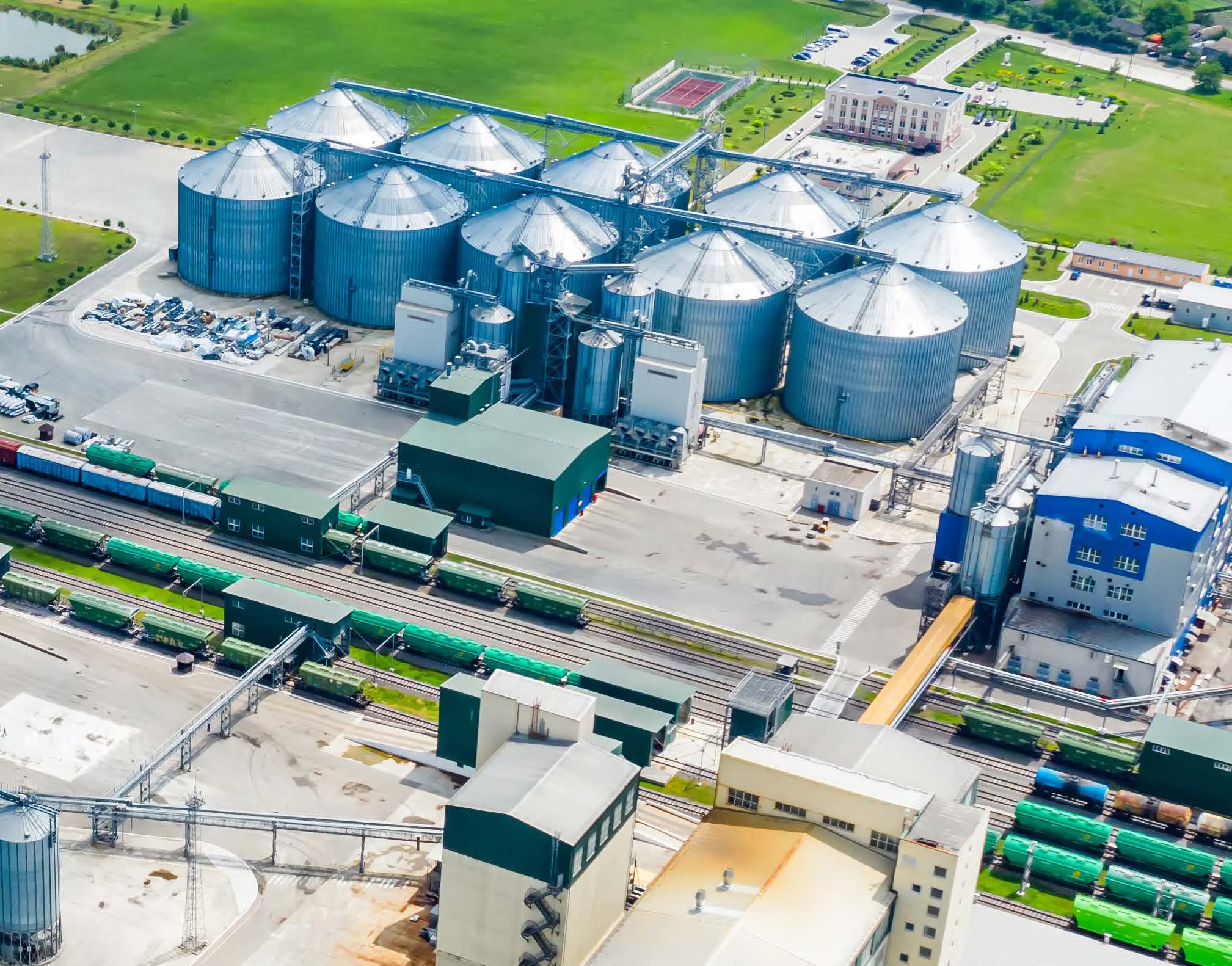
Potential Hazards & Risks Posed By Anaerobic Digestion
Fire & Explosion
Anaerobic digestion produces a biogas formed of methane (CH4) and carbon dioxide (CO2) which is a highly flammable combination. Typically, biogas will contain around 60%
methane and 40% carbon dioxide.
Air has to be excluded from anaerobic digesters and gas reservoirs, as if mixed with biogas, it would give rise to a risk of combustion or explosion if there is a nearby ignition source.
In order to mitigate the risk of fire or explosion during the anaerobic digestion process, safety measures need to be in place to detect gas leaks into and out of the vessels and pipes being used, and close control is required to manage potential ignition sources or events such as nearby welding activities or electrical works.
Asphyxiation
All the hazards and risks from methane and carbon dioxide apply. The production, storage, and transportation of biogas can lead to oxygen depletion in surrounding areas and create an oxygen-deficient environment, especially in confined spaces. A typical anaerobic digester will have confined spaces, including the reactor and gas reservoirs, but also rooms in any surrounding buildings require assessment.
Workers who carry out activities in these environments may be at risk of gas exposure, poisoning or asphyxiation which can lead to loss of consciousness or, in extreme cases, fatality. One of the gases produced collects near the floor and the other rises. So appropriate measures need to be taken for both.
The European standard minimum level of oxygen for safe entry to confined spaces is 19.5%. The allowable percentage may vary depending on the safety legislation of the respective country or region. In order to reduce the risk of asphyxiation, extra ventilation should be provided wherever possible, especially in the area surrounding biogas storage tanks. High-pressure gas leaks or liquid leaks
Gases or liquids that are stored under high-pressure can present a hazard to human health if a leak occurs. For instance, if a high pressure storage tank or reservoir breaks and the gas or digestate contents leak out, a flood may occur.
The hazard is increased if the flooded area is a confined space. Digesters work at low pressures and the resulting gas is sometimes stored at high pressures. There is an increased risk of leaks when using pressurisation equipment as there are moving parts present which wear.
In order to reduce the risk of high-pressure gas leaks, digesters and storage tanks can be fitted with safety valves to reduce overpressure and eliminate vacuums. However those safety valve have to lead somewhere and that is the area needing a safety assessment.
Biological Waste Hazards
Anaerobic digestion often involves the decomposition of hazardous biological waste such as human sewage, animal manure, or rotten food waste. Pathogens may be present in the feedstock, such as salmonellae, listeria, enterobacter, as well as parasites and viruses. Therefore, any leakage or spillage of the feedstock may be harmful to human health.
Machinery Hazards
Digester and reactor machinery includes large mechanical moving parts to mix the feedstock and bacteria. Precautions need to be taken to reduce the risk of injury by making sure that employees do not come into contact with the moving parts. Safety interlocks, safety barriers and PPE should be provided where necessary.

An alternative way to detect gases in confined spaces is to lower a portable gas detector, such as Crowcon T4, into the work area.
Gas Hazards Associated With Anaerobic Digestion
Methane (CH4)
Methane is the main by-product gas of anaerobic digestion. It is a colourless and odourless gas that is extremely combustible – it can ignite easily or explode when mixed with oxygen or air.
A high concentration of methane can also lead to oxygen depletion. Oxygen-deficient environments can lead to nausea, vomiting, vision problems, headaches, slurred speech, and mood changes. In very high concentrations it can lead to asphyxiation which can result in loss of consciousness or prove fatal.
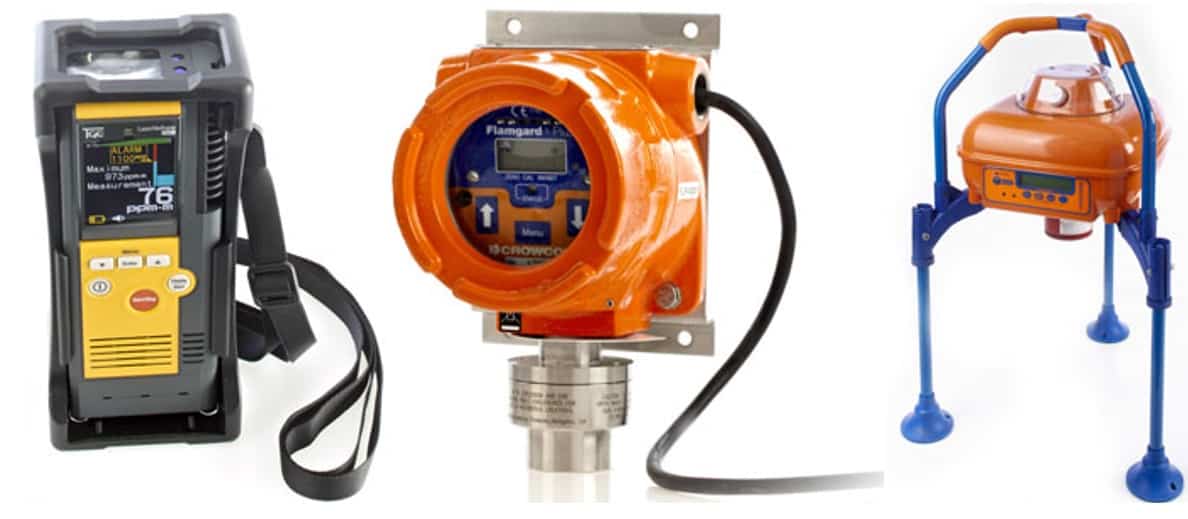
Crowcon are market leading manufacturers of Portable and Fixed Gas Detection Equipment
Carbon Dioxide (CO2)
Carbon dioxide is recognised as a gas that poses an occupational hazard when present in high concentrations. It is a colourless and odourless gas that is non-flammable. It is a dense gas that sinks in air, collecting in basements and filling confined spaces from the floor up.
Health hazards arise with carbon dioxide when it builds up to a relatively high concentration in the air, which can lead to dizziness, headaches, respiratory problems, sweating, exhaustion, raised heart rate, elevated blood pressure, and asphyxiation.
The safe working limits for carbon dioxide, as set out in EH40/2005 Workplace Exposure Limits, are:
Long-term exposure limit
(8-hr reference period) of 5000 ppm (parts per million)
Short-term exposure limit
(15 minute reference period) of 15000 ppm
Hydrogen Sulphide (H2S)
If the anaerobic digestion feedstock contains slurry or sludge which is high in sulphur, then hydrogen sulphide may be generated as a by-product during the formation of methane and carbon dioxide. Until digesters have been running for 6 to 8 weeks, i.e. when they are new, H2S is often produced in reasonably high concentrations.
This lessens for older sites as bacteria that cause less harmful by-products start to dominate, however the high concentration H2S is very dangerous during that period – at least worthy of temporary gas detection.
H2S can cause respiratory problems, eye irritation, nausea, dizziness, headaches, and potential loss of consciousness as it is an anaesthetic gas. When it shuts your nasal nerve down at 15 to 20 ppm, you lose your sense of smell for the next hour or so, when it shuts nerves down that control breathing the outcome may be worse.
The safe working limits for hydrogen sulphide, as set out in EH40/2005 Workplace Exposure Limits, are:
Long-term exposure limit
(8-hr reference period) of 5 ppm
Short-term exposure limit
(15 minute reference period) of 10 ppm

Crowcon are market leading manufacturers of Portable and Fixed Gas Detection Equipment
Ammonia (NH3)
Ammonia is recognised as a potential inhibitor during the anaerobic digestion process. It can cause problems when the organic feedstock is high in ammonia, such as urea or nitrogen-rich matter. Most digestion systems use adapted microorganisms or methods such as microwave or ultrasonication to remove high concentrations of ammonia.
High levels of ammonia in the air can cause hazards such as skin and respiratory system irritation. Extremely high concentrations of ammonia can cause serious lung damage, lasting health conditions, or death. At concentrations exceeding 14.8%, ammonia can also present a fire and explosion risk.
The safe working limits for ammonia, as set out in EH40/2005 Workplace Exposure Limits, are:
Long-term exposure limit
(8-hr reference period) of 25 ppm
Short-term exposure limit
(15 minute reference period) of 35 ppm

Fixed Gas Detection Products for Industrial, Hazardous Areas & Explosive Atmospheres
Anaerobic digestion hazards – relevant regulations
The Health and Safety at Work Act 1974 covers the requirements of employers to ensure “reasonably practicable” precautions to safeguard employees.
EH40/2005 Workplace Exposure Limits
In the UK, the Health and Safety Executive (HSE) maintains the EH40/2005 Workplace Exposure Limits which provide regulatory limits on the safe working concentrations for a variety of hazardous substances, including toxic and dangerous gases. The workplace exposure limits for anaerobic digestion gases are given in the previous section.
Health and Safety at Work Act 1974
The Health and Safety at Work Act 1974 is the main UK legislation for occupational health and safety. The act covers the requirements of employers to ensure “reasonably practicable” precautions to safeguard employees, especially in hazardous environments and when hazardous substances such as toxic gases are involved. The legislation requires that risk assessments are carried out and risk minimisation implemented.
Personal Protective Equipment at Work (Amendment)
Regulations 2022 (PPER 2022)
The HSE PPER 2022 regulations came into force on 6th April 2022 as an amendment to the 1992 regulations. The regulations set out the requirements of employers to ensure that workers are provided with the necessary personal protective equipment (PPE) to carry out their duties. It also sets out the responsibility of employees to make sure that they use them correctly.
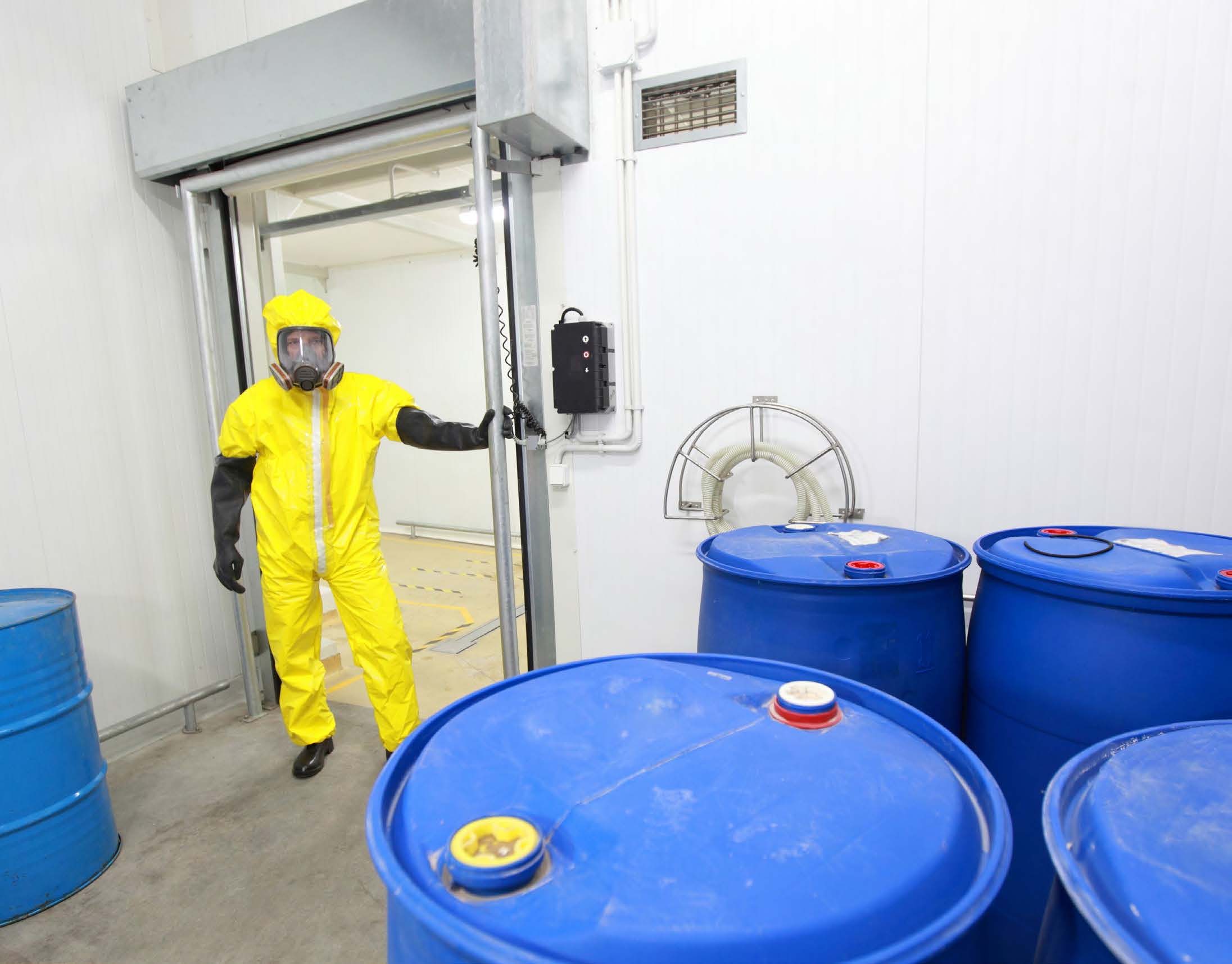
Gas detectors mitigate anaerobic digestion hazards
In order to meet the relevant regulatory requirements discussed in the previous section, it is recommended that you implement gas detection methods. Crowcon together with Thorne & Derrick provides a wide range of gas detectors to meet your needs.
Gas detection is a necessary control measure to meet health and safety standards and comply with regulations in anaerobic digestion. Here at Crowcon, we offer a wide range of gas
detection products to help you improve construction site safety.
Crowcon’s personal portable gas monitors such as the Clip SGD, T4, Gasman, Gas-Pro and Tetra 3 offer versatility and flexibility for workers within industries with anaerobic digestion.
The fixed gas monitors Xgard, XgardIQ and Xgard Bright provide constant readings from a specific location and therefore can be implemented throughout industries with anaerobic digestion.
For more information about gas detection solutions for industries with anaerobic digestion, or to ask further questions about best practice on monitoring gases in anaerobic digestion,
get in touch today.


Further Reading
-
 Why Gas Detection is Crucial in Anaerobic Digestion
Size: 681.85 KB
Why Gas Detection is Crucial in Anaerobic Digestion
Size: 681.85 KB

